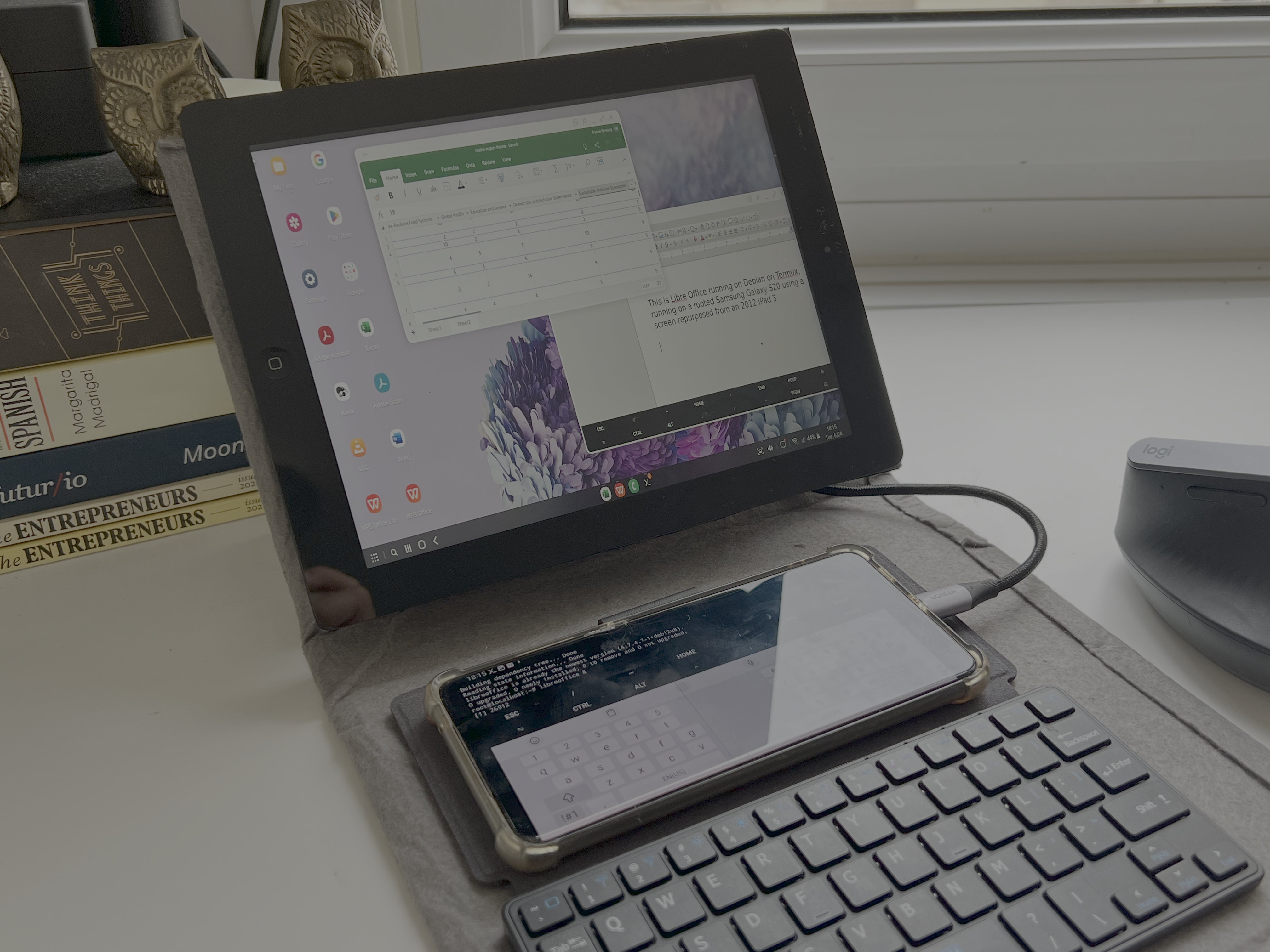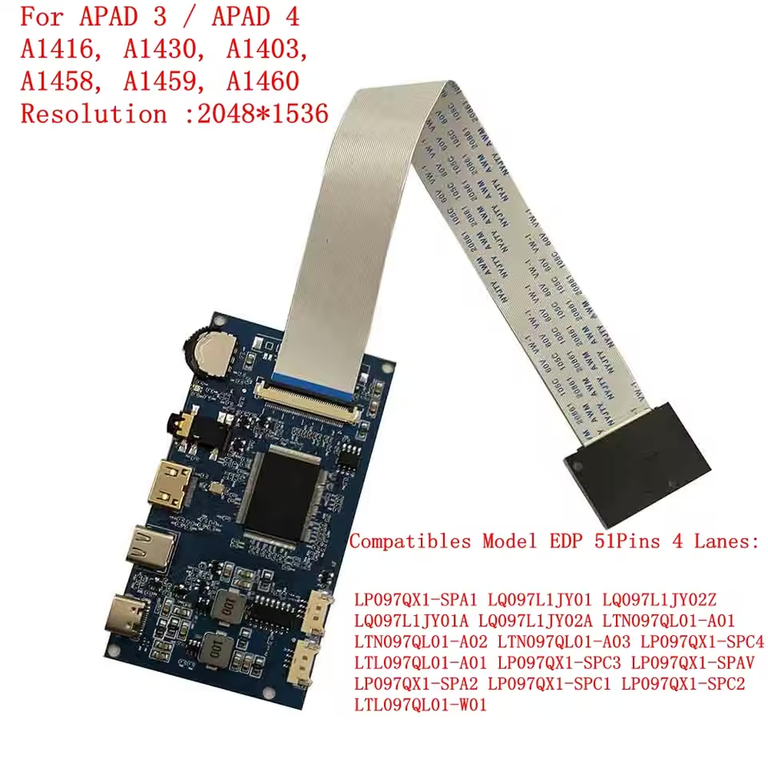FrankenBook: A Phone-turned-Linux-Laptop

Fun fact: This website is running on my 2019 Redmi 8T Android phone, and I wrote this post on my DIY laptop creation – the FrankenBook.
What is a FrankenBook?
The FrankenBook is my answer to a simple question: What if we stopped throwing away our "broken" devices and started seeing them as building blocks instead?
My FrankenBook combines a damaged 2020 Samsung Galaxy S20 (with a cracked screen) and a display from a broken 2012 Apple iPad to create a fully functional laptop. It runs Debian Linux – a free, open-source operating system – along with LibreOffice (a free alternative to Microsoft Office) and coding software for on-the-go work.

While you'll find plenty of sleek 3D-printed cyberdeck builds online, I deliberately chose felt cloth, plastic boards, and generous amounts of glue. Why? To prove that anyone can do this with materials from a craft store.
Imagining a Different Digital Future
What if modifying and repurposing our digital devices was normal – even encouraged? Picture this:
- Old smartphones become Linux laptops with just a software installation and a connection to any display (wirelessly, if you want)
- Tablet touchscreens can be easily removed and repurposed as extra monitors, smart home displays, or creative tools
- Community repair spaces have the tools and knowledge to help anyone breathe new life into old tech
- Manufacturers design for repairability instead of planned obsolescence
The Bigger Picture: Technology Independence
The FrankenBook represents more than just a cool DIY project. It's a small act of resistance against a system that wants you to consume, discard, and repeat. When you repair, modify, and repurpose your own devices, you're:
- Reducing electronic waste and environmental impact
- Saving money by extending device lifespans
- Learning valuable skills that make you less dependent on tech corporations
- Joining a community of people who believe technology should serve us, not control us
What's Next: A Polished FrankenBook?
This first build prioritized accessibility and affordability over aesthetics: repurposing a 2012 iPad display then adding some plastic cardboard and a lot of glue. My next iteration might involve a 3D-printed case, better cable management, and maybe even a custom keyboard layout.
But the core philosophy remains: Our devices should be modular, repairable, and truly ours to control



